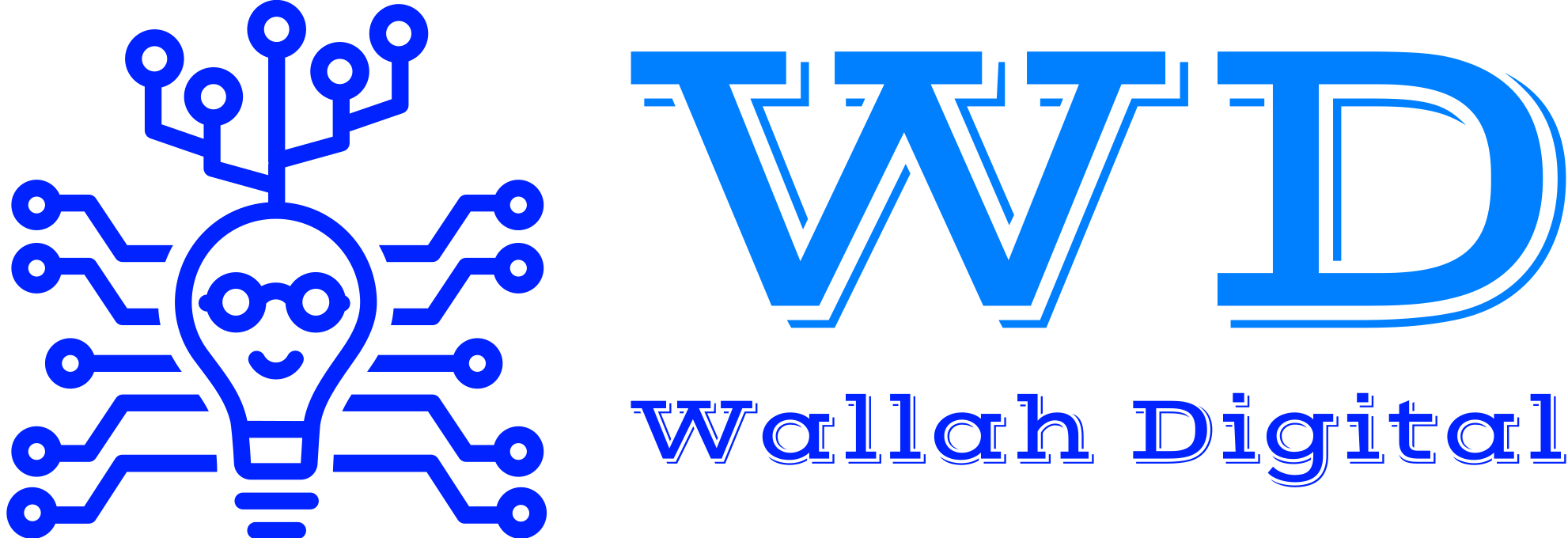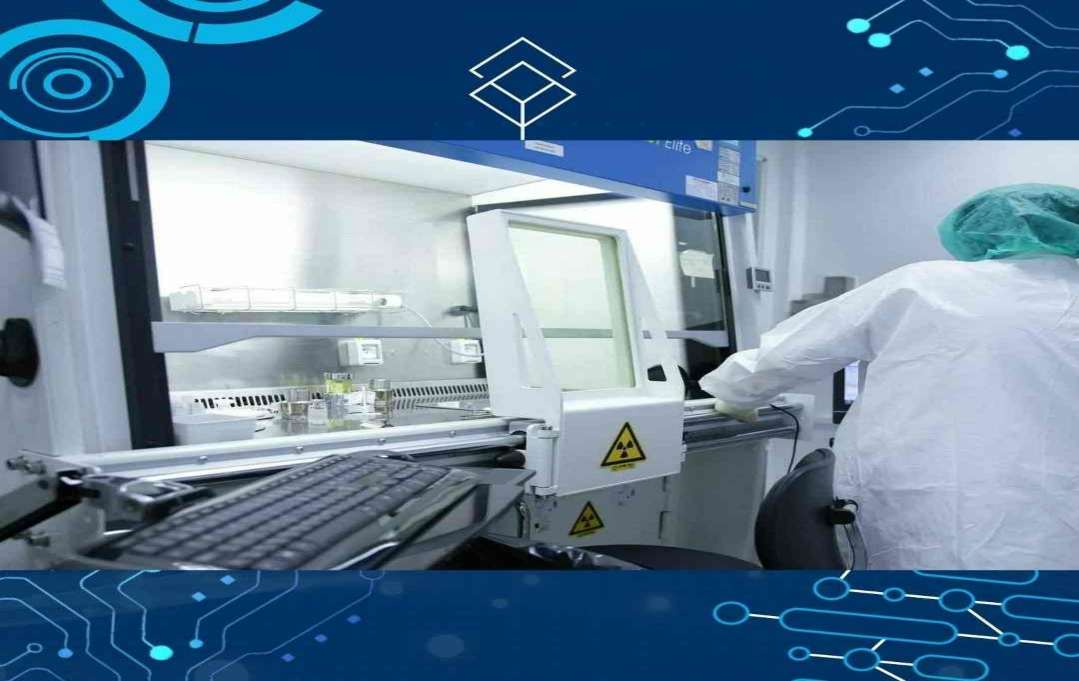DNA sequencer is an instrument that is used for the process of genome sequencing the machine reads a DNA sample and generates an electronic file with symbols that represent the sequence of nitrogen bases –A, C, G, T –of the sample. The first popular DNA sequencing method was the Sanger chain termination method which was published in the year 1977. It is the latest technology of D
Genome Sequencing in DNA Sequencer.
Whole genome sequencing is also known as the full genome sequencing process, complete genome sequencing process, or the entire genome sequencing process. It is the process of determining the entirety, or nearly the entirety, of the DNA sequence of an organism’s genome at a single time.
A laboratory method is used to find the entire genetic makeup of a specific organism or cell type. This method is can be used to find changes in areas of the genome. These changes help the scientists to understand how specific diseases are occurring, such as cancer, form etc.
The primary purpose of sequencing one’s genome is to obtain information of medical value for future care and study. Genomic sequencing is important because it can provide information on genetic variants that can lead to disease or can increase the risk of disease development, even in asymptomatic people.
There are three types of DNA sequencing technologies they are:
whole-genome, and targeted sequencing.
whole-genome
The bar code DNA from multiple bacteria is combine together and put in the sequencer. the sequencer identifies the following:
A” s
C” s
T” s
G” s
The sequencer uses the code to keep track of which bases belong to specific bacterial
whole-exome
Exome sequencing, also known as whole exome sequencing, is a genomic technique for sequencing all of the protein-coding regions of genes in a genome. It consists of two steps: the first step is to select only the subset of DNA that encodes proteins.
In order to process whole exome sequencing, there are several important ways to fragmentize DNA samples. The major fragmentation is Physical fragmentation. In Physical fragmentation acoustic shearing, sonication and hydrodynamic shear are applied. Acoustic shearing and sonication are the two main methods of DNA fragmentation.
Targeted sequencing
Targeted analysis sequencing is a next-generation DNA sequencing technique focusing on amplicons and specific genes. It is useful in population genetics since it can target a large diversity of organisms.
RNA-Sequencing is also known as an abbreviation of RNA. It is a sequencing technology which is used for next-generation sequencing it is also called (NGS). It prefers to reveal the presence and quantity of RNA in a biological sample at a given moment. And is also used for analysing the continuously changing cellular transcriptome.
Specifically, RNA-Sequencing facilitates the ability to look at alternative gene spliced transcription. It can look at different populations of RNA including total RNA, small RNA, such as miRNA, and also ribose performing. It can also be used to determine exon and intron boundaries and verify or amend previously gene boundaries.

